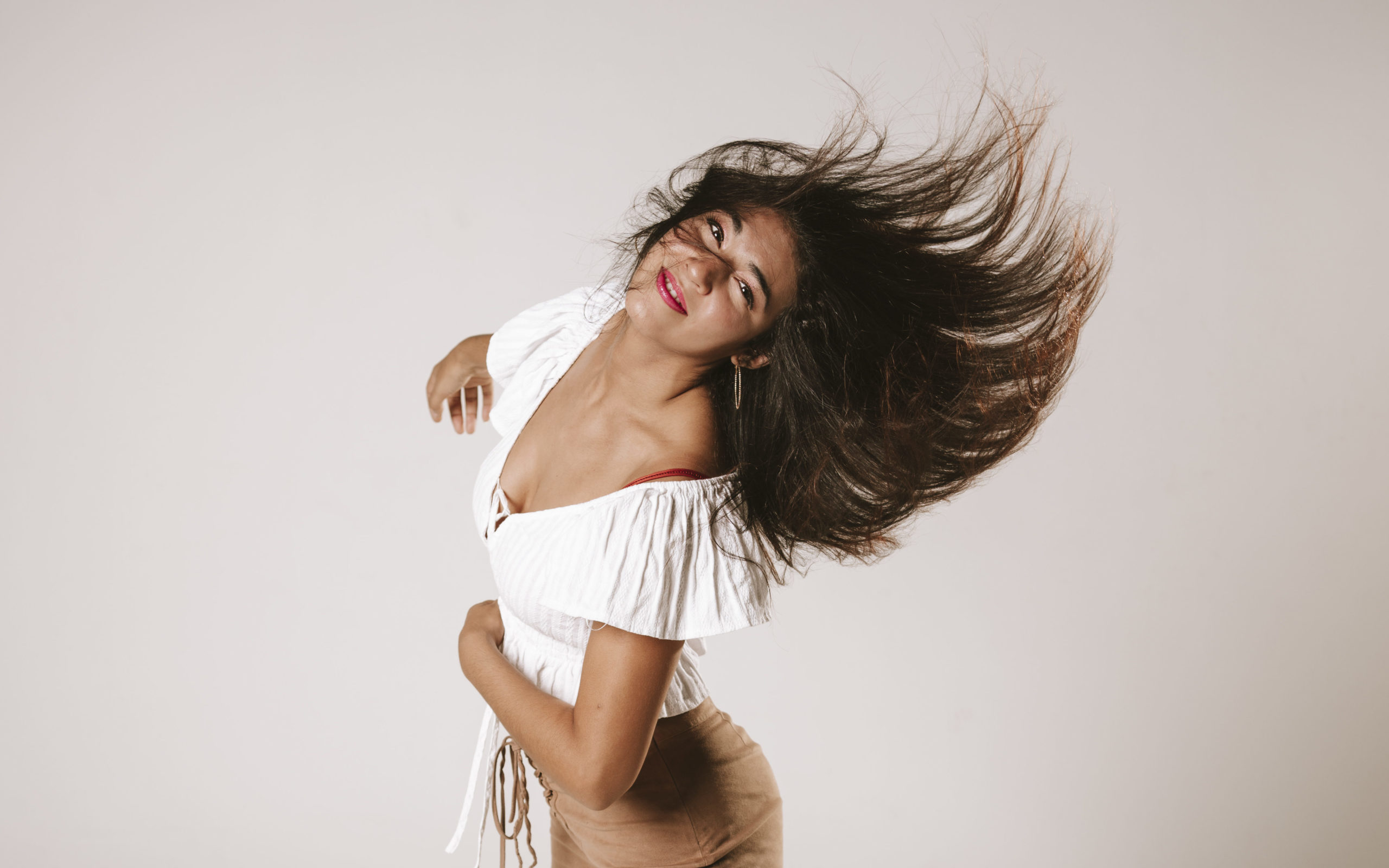Welcome to Motion with Mari!
I am so excited to start this conversation with you and create an environment where knowledge, safety, and confidence in your dancing come first. “Head motion” – Or what I like to think about as upper-body motion is by far one of the more complex and dynamic skills to master in Brazilian Zouk Dance. Once broken down, and practiced with intentional movements, I believe that body motion becomes incredibly meditative, beautiful, and even euphoric at times! When these motions are trained consistently individually and within a partnership the outcomes in your social dance are endless, and creativity is abundant. Hopefully, after some time with me, safety becomes a primary concern.
The goal in defining these key positions is to create a common language that we can continue to refer back to as our motions become more dynamic. This is how we communicate head positions and transitions in my dance school Zouk Army Orlando and wow, it helps us so much!
Head Motion Common Language “With Numbers”

In position one, Think about your chest breathing in and rising then gently tilting to the left and back diagonal position.
Safety Concept: Your head is attached to the chest by your neck muscles- allow the neck muscle to support the head as it follows the chest movement.
Be aware: Do not allow yourself to engage the neck muscles to move the head to each position.

In two position, Think about exhaling and allowing my chest to neutralize to the left side.
The head follows second as a reaction to the chest motion.
Safety Concept: It is important to protect the discs of the spine by opening its joints, instead of collapsing. Do this by allowing the right side of the rib cage to lift as the left side of your ribcage falls.

In position three, Think about continuing to exhale and allow the chest to move to the left down diagonal position. Start to round the back to allow the head to move towards the chest.
Safety Concept: Although it may be tempting to think about the entire upper trunk moving toward the ground in this moment- think about the opposite. The abdomen should engage to lift the upper trunk- protecting the lower back- as the head starts to pass to a forward diagonal.

In Position Four, Finish exhaling and allow my chest to concave fully. Imagine as you concave your chest, you are creating space for your head to fill in forward.
Safety Concept: This should be your strongest and most stable position. The abdomen will be fully engaged to protect the lower back as the head passes in front.

In Position Five, Begin to inhale again. Allowing your chest to tilt to the right. The head follows the chest to the down forward diagonal position.
Safety Concept: Overbending and twisting to get to position 5 is definitely a problem long term, Think about the straight line your spine makes in your lower back and allow yourself to keep that straight line as you begin your rotation to the right side.

In Position Six, Continue to inhale and allow the chest to fully tilt and rise to the right side. The head follows the chest to the right side.
Safety Concept: Be careful not to collapse to the right side here, very similar to position 3, think about engaging the abdomen and lifting the left side of the ribcage to allow the right side to tilt to the side comfortably.

In Position Seven, Continue to inhale and lift the ribcage to the right side. The head will continue to follow the chest as it looks up to the right diagonal side
Safety Concept: Very similar to 1 position, allow the neck muscles to support the head as it travels to the up position, no need to move your neck muscles.

In Position 8, Finish inhaling and lift the ribcage as it looks straight up to the ceiling. The head will follow the chest to the back position.
Safety Concept: Do not allow the back of the head to touch your neck! This likely means that you have fully released the muscles on the back of your neck and your head will feel heavy to support.
I would love to hear other perspectives on how we head motion lovers stay safe! Drop a comment and let’s talk head motion.

